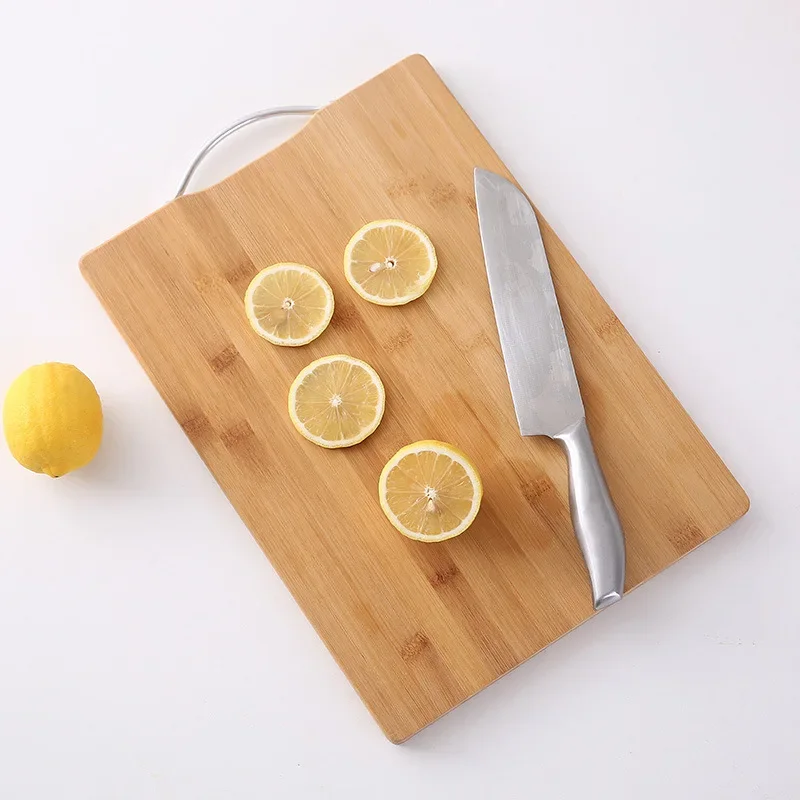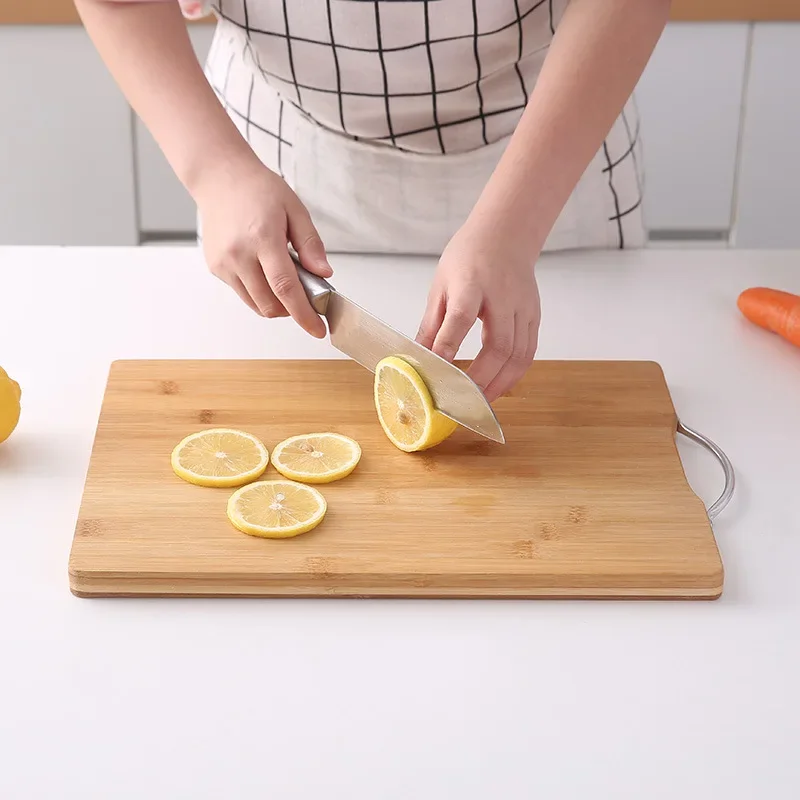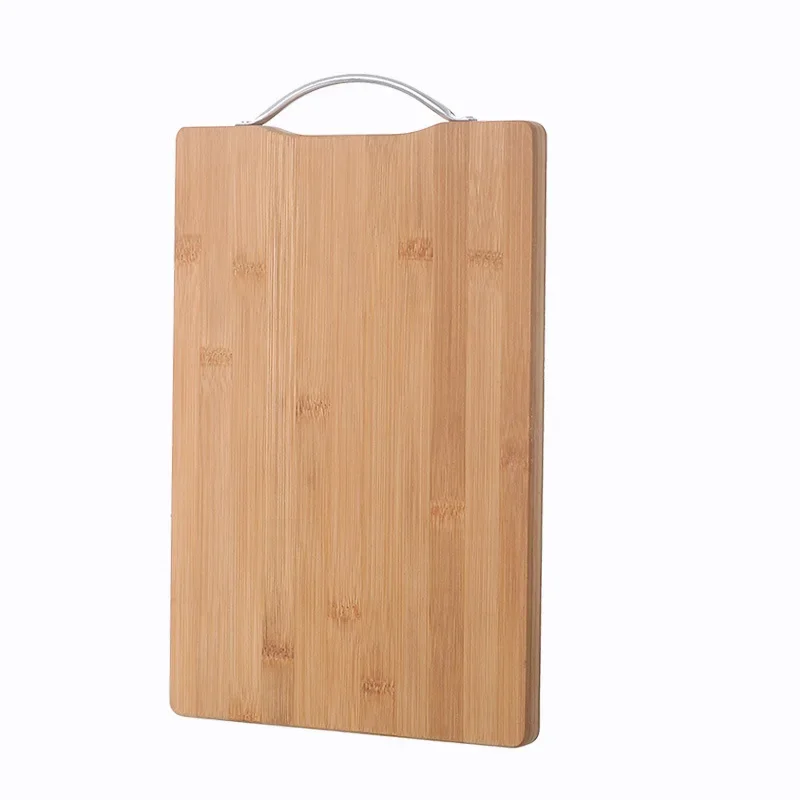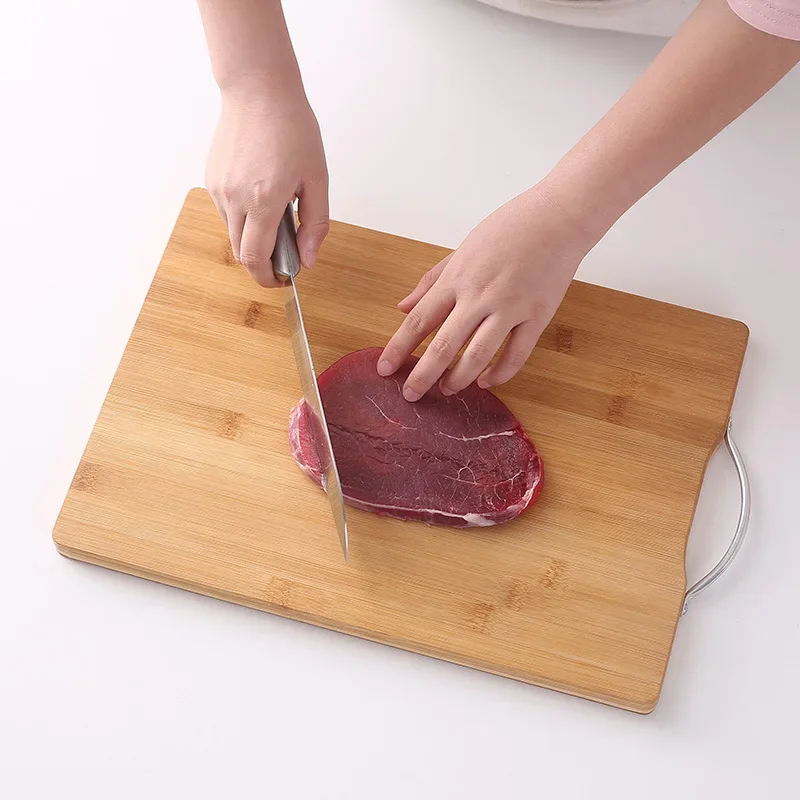Introduction to Wood Chopping Boards
Wood chopping board has been a staple in kitchens around the world for centuries. They are loved for their durability, aesthetic appeal, and ability to protect knife edges. Many home cooks and professional chefs swear by wooden boards for various cutting tasks. In this article, we will explore the benefits of wood chopping board, how to care for them, and tips for choosing the right one for your kitchen.

The Benefits of Wood Chopping Boards
Wood chopping boards offer many advantages over other materials like plastic or glass. One significant benefit is their durability. When properly cared for, wooden boards can last for years, even decades. They withstand cuts and scratches much better than their plastic counterparts. This resilience makes them a wise investment for anyone who spends time in the kitchen.
Another advantage is the natural antibacterial properties of wood. Many types of wood, such as maple and bamboo, contain substances that help resist bacteria. Studies have shown that bacteria tend to thrive more on plastic boards. In contrast, wood has a natural ability to kill bacteria when moisture is involved. This makes wooden boards a healthier option for food preparation.
Wood chopping boards are also gentle on knife edges. When you cut on plastic or glass, you risk dulling your knives quickly. Wooden boards provide a forgiving surface, allowing your knives to glide smoothly without excessive wear. This means you’ll spend less time sharpening and more time cooking.
Aesthetic Appeal
Beyond functionality, wood chopping boards add warmth and beauty to your kitchen. Their natural grain and color can enhance any kitchen decor. Whether you choose a simple, rustic board or a more elaborate design, a wooden board can serve as a decorative piece. Many people even use them as serving platters for cheese, charcuterie, or bread. This versatility allows for both practicality and aesthetics in one item.
Eco-Friendly Choice
Choosing a wood chopping board is also an environmentally friendly decision. Many manufacturers source their wood sustainably, ensuring that the products are made from responsibly managed forests. By opting for a wooden board, you can reduce plastic waste in your kitchen. This eco-conscious choice aligns with the growing trend of using sustainable materials in our everyday lives.
Care and Maintenance of Wood Chopping Boards
Cleaning Your Wood Chopping Board
Proper care is essential to maintain the quality and longevity of your wooden chopping board. After each use, you should clean it thoroughly. Begin by scraping off any food debris with a bench scraper or the back of a knife. Next, rinse the board under warm water. Avoid soaking it, as excess moisture can cause the wood to warp or crack.
For deeper cleaning, use a mixture of mild soap and water. Apply the soapy water with a soft sponge or cloth. Be sure to rinse it well to remove any soap residue. After cleaning, pat the board dry with a towel. It’s crucial to let the board air dry completely before storing it. Placing it in a dish rack or upright is an excellent way to ensure proper airflow.
Disinfecting Your Board
Every so often, you may want to disinfect your wooden board, especially if you’ve been cutting raw meat or fish. A simple solution of white vinegar or hydrogen peroxide can help. Apply the vinegar or hydrogen peroxide to the surface of the board and let it sit for a few minutes. Rinse it with water afterward and dry thoroughly. This step helps eliminate any lingering bacteria while being gentle on the wood.
Oiling Your Wood Chopping Board
Regularly oiling your wood chopping board is another important part of its maintenance. Wood can dry out over time, which can lead to cracks and splits. To prevent this, use food-grade mineral oil or a specialized cutting board oil. Apply a generous amount to the surface of the board, spreading it evenly with a clean cloth. Let the oil soak in for a few hours, or ideally overnight, before wiping off any excess. Doing this every few weeks will keep your board looking beautiful and functional.
Avoiding Common Mistakes
There are several common mistakes to avoid when caring for your wooden chopping board. First, never put it in the dishwasher. The heat and moisture can warp the wood and cause it to crack. Second, avoid using harsh chemicals or abrasive scrubbers when cleaning. These can damage the surface and compromise the board’s integrity. Finally, steer clear of soaking your board in water. Prolonged exposure to moisture is detrimental to wood.
Choosing the Right Wood Chopping Board
Types of Wood for Chopping Boards
When selecting a wood chopping board, consider the type of wood used in its construction. Different woods have varying qualities, which can affect performance and durability. Hardwoods like maple, walnut, and cherry are popular choices. These woods are dense and resilient, making them ideal for cutting tasks. They also offer a beautiful grain that adds character to your kitchen.
Maple is known for its strength and durability. It has a fine grain that resists deep cuts, making it an excellent choice for daily use. Walnut offers a rich, dark color that many find attractive. It’s slightly softer than maple but still provides a sturdy surface for chopping. Cherry is another beautiful option, known for its reddish hue that deepens over time.
Size and Thickness
Size matters when choosing a wooden chopping board. Consider how you plan to use the board. If you do a lot of food prep, a larger board provides ample space for cutting vegetables, meats, and more. A board that is at least 18 inches long and 12 inches wide is often a good choice for general use.
Thickness also plays a role in durability. Thicker boards are generally more resilient and can withstand heavy chopping without warping. A thickness of 1.5 to 2 inches is ideal for serious cooks who want a board that will last. Thinner boards may be easier to store but may not provide the same level of durability.

Shape and Design
The shape of the chopping board can impact your cooking experience. Rectangular boards are the most common and versatile. They offer plenty of cutting space and are easy to use for various tasks. Round boards can serve as attractive serving platters and are great for cheese or appetizers.
Some boards come with built-in features like juice grooves or handles. Juice grooves help catch liquids from meats or fruits, keeping your workspace clean. Handles make it easier to lift and move the board. Consider these features based on your cooking habits and preferences.
Using Your Wood Chopping Board Effectively
Best Practices for Cutting
To get the most out of your wood chopping board, follow some best practices while cutting. Always use a sharp knife. Dull knives require more force, increasing the risk of slipping and causing accidents. A sharp knife glides smoothly through food, making cutting safer and more efficient.
When cutting, use a gentle rocking motion instead of pressing down hard. This technique minimizes the impact on the wood and prolongs the life of both your knives and the board. Also, try to use a dedicated board for different types of food. For instance, have one board for vegetables and another for meats. This helps prevent cross-contamination and keeps your food safe.
Storing Your Chopping Board
Proper storage is essential for maintaining the quality of your wood chopping board. Avoid storing it in damp or humid areas, as moisture can damage the wood. Instead, keep it in a cool, dry place. If you have space, store it upright or on a dedicated rack to allow air circulation. This prevents warping and ensures it dries out completely after washing.
Avoid stacking heavy items on top of your board when storing it. This pressure can cause warping or damage over time. If you must stack it, place a lightweight cloth between the boards to minimize pressure.

Conclusion: The Importance of Wood Chopping Boards in the Kitchen
Wood chopping boards are more than just tools; they are essential items that enhance your cooking experience. Their durability, aesthetic appeal, and health benefits make them a preferred choice for many cooks. By understanding how to care for and use your wooden board effectively, you can ensure it lasts for years to come.
When selecting a wood chopping board, consider factors like wood type, size, and design. Make a choice that fits your cooking style and kitchen decor. With proper maintenance, your wood chopping board will remain a vital part of your kitchen for a long time. Enjoy the process of cooking, and let your chopping board serve as a reliable companion in your culinary adventures.

